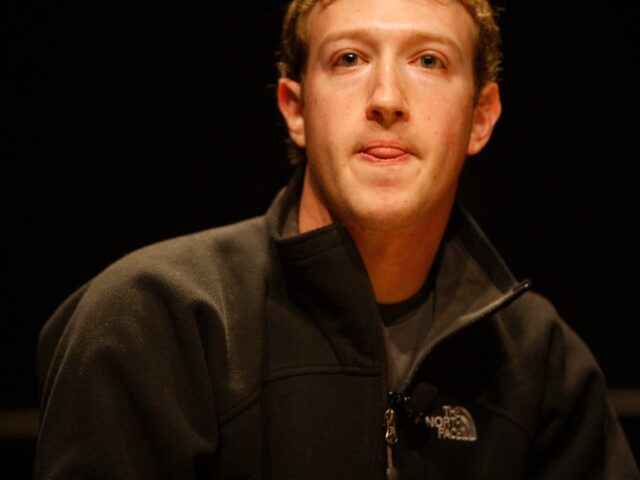A recent study conducted by the FTC and international consumer protection networks has uncovered alarming statistics on the prevalence of “dark patterns” in subscription-based websites and apps. Dark Patterns are a collection of manipulative design techniques created by Silicon Valley to make it difficult to separate yourself from subscription services.
TechCrunch reports that in an era where digital subscriptions have become increasingly common, consumers are facing a hidden threat: manipulative design techniques known as “dark patterns.” A comprehensive study released on Thursday by the FTC in collaboration with two international consumer protection networks, has shed light on the pervasive use of these deceptive practices in the digital subscription industry.
The study, which analyzed 642 websites and apps offering subscription services, revealed that an overwhelming majority – nearly 76 percent – employed at least one dark pattern. More alarmingly, almost 67 percent of the examined platforms utilized multiple dark patterns, raising serious concerns about consumer protection in the digital marketplace.
Dark patterns are subtle design elements intentionally implemented to influence user behavior, often leading consumers to make decisions they might not have made otherwise. These manipulative techniques can range from making it difficult to cancel subscriptions to pushing users towards more expensive options through visual trickery.
One of the most prevalent dark patterns identified in the study was “sneaking,” a tactic used by 81 percent of the analyzed platforms. This technique involves the inability to disable automatic subscription renewals during the initial sign-up or purchase process. Furthermore, 70 percent of the examined services failed to provide clear information on how to cancel subscriptions, while 67 percent neglected to specify the deadline for cancellation to avoid additional charges.
Another common dark pattern uncovered in the study was “obstruction,” which involves making certain actions, such as canceling a subscription or bypassing a free trial offer, unnecessarily complicated or tedious for users. This tactic often manifests in the form of hidden or grayed-out options, making it challenging for consumers to opt out of services they no longer wish to use.
The study also highlighted the widespread use of “forced action,” with 66.4 percent of the examined platforms requiring users to provide payment details to access free trials. This practice can lead to unexpected charges if users forget to cancel before the trial period ends.
Social proof, a psychological phenomenon leveraged by 21.5 percent of the studied platforms, uses crowd behavior to influence individual decision-making. In the context of subscription services, this often involves displaying metrics about other users’ activities to encourage sign-ups or upgrades.
Interface interference, a broad category of dark patterns, was also prevalent in the study. This includes pre-selecting more expensive subscription options (observed in 22.5 percent of cases) and using visual hierarchies to promote options that are more favorable to the business (seen in 38.3 percent of platforms). Some services even resorted to “confirmshaming,” using emotionally manipulative language to guilt users into making certain choices.
The study was conducted from January 29 to February 2 as part of the International Consumer Protection and Enforcement Network’s (ICPEN) annual review. Officials from 27 authorities across 26 countries participated in the research, utilizing dark pattern descriptions established by the Organization for Economic Cooperation and Development. In 2022, the commission published a report examining these deceptive practices across various industries, including e-commerce and children’s apps.
Read more at TechCrunch here.
Lucas Nolan is a reporter for Breitbart News covering issues of free speech and online censorship.

COMMENTS
Please let us know if you're having issues with commenting.